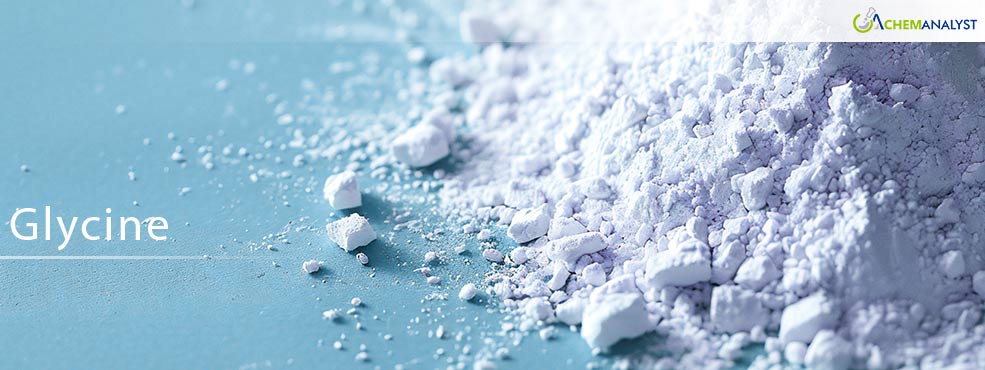Welcome To ChemAnalyst

As per the recent analysis, Glycine prices in China are anticipated to experience a decline in March 2025, following a continuous increase over the past five months. Glycine is an amino acid with various industrial applications in the pharmaceuticals, food, and agriculture sectors. Several factors are contributing to the shift in price trends.
Key Takeaways
According to the Industry expert, one of the strongest drivers of the anticipated price fall of Glycine is China's manufacturing sector rebound. That is indicated by the Purchasing Managers' Index (PMI) of China for February 2025 stood at 50.2%. This is a 1.1 percentage point increase over the last month, signaling a rebound in manufacturing activity. The production rebound has caused production to provide a consistent supply of Glycine, which has relaxed market tensions and put downward pressure on prices.
Apart from the recovery in manufacturing, the Glycine market is also facing declining export demand. The U.S. has imposed a 10% tariff boost on Chinese products, which has reduced global demand as foreign buyers become less willing to order in bulk. This change in trade patterns coupled with diminishing demand and fewer new orders has led to a drop in the demand for Glycine from different industries.
The five-month price hike has also resulted in oversupply, with the buyers now being more cautious. Most of them are postponing purchase decisions in hopes of cheaper prices, mirroring the ambiguity about global supply chains.
Another significant development is the sharp decline in Asian freight rates to the U.S. during February 2025. Freight rates on key global routes have fallen, thus cutting the export cost of Glycine overall. The decline in freight cost has enabled suppliers to be able to transfer the benefits to customers, adding to the declining price trend.
Going forward, industry observers project that the Glycine market will remain guided by a mix of stable supply, risk-averse market sentiment, and persisting trade uncertainties. Geopolitical and economic developments will heavily influence global Glycine trade patterns. Therefore, market players are recommended to take proactive approaches to supply chain management and pricing in order to respond to the changing market dynamics in an effective manner.
We use cookies to deliver the best possible experience on our website. To learn more, visit our Privacy Policy. By continuing to use this site or by closing this box, you consent to our use of cookies. More info.
